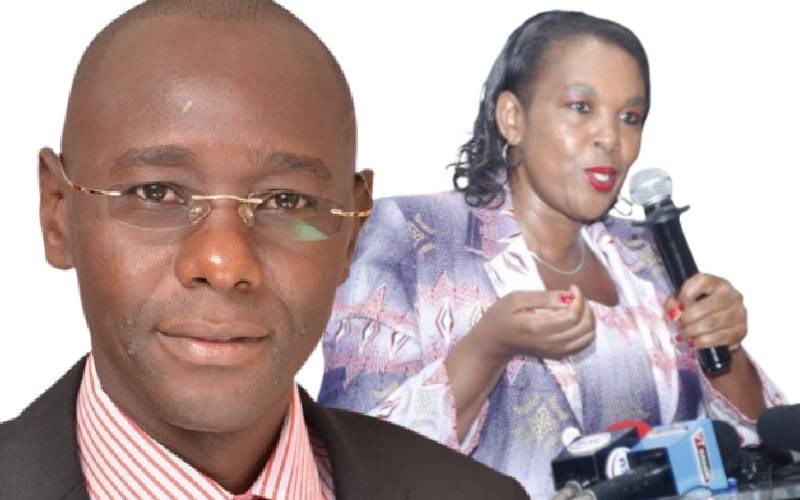
Confusion abounds over the government's decision to cushion Kenyans from the volatility of petroleum prices. The country's energy regulator EPRA has, in its latest price review, opted not to increase fuel prices. This is even as landed costs for the same go up. Some have called this move a reintroduction of subsidies previously withdrawn by the Kenya Kwanza administration. Others have described it as part of a stabilisation mechanism as provided for by Kenyan law.
Questions arise: What is in a name? Following the Shakespearean adage, "a rose by any other name would smell as sweet;" is the use of the word "subsidy" a rose or a skunk? What connotations does the word carry that make its users constrained to use it even when official statements from the government eschew the same?
To answer these questions, some background is needful. The Petroleum Development Fund Levy was set up by an Act of Parliament in 1991 for two purposes: The development of the petroleum industry infrastructure and as a stabilisation fund. A simple definition of a stabilisation fund is a mechanism by a government to reduce the impact of volatility of prices on the economy.
This is how a stabilisation mechanism works. If, for instance, the price of fuel goes up by Sh10 per litre, the government may decide to draw money from a fund collected over a period of time to cushion consumers from such a quantum price leap. It may then pay Sh8 out of the Sh10 and over time, incrementally reduce the payment from the fund so that eventually, the full Sh10 is covered by consumers without any shocks to the economy.
The fundamental differences between the petroleum development funds and subsidies are as follows. First, a fund is collected from every litre of fuel sold. Subsidies are drawn from tax revenues that are not necessarily from fuel levies. Second, unlike subsidies, petroleum development funds do not go into the consolidated fund. Nor are they disbursed by the exchequer. They cannot be used for any other purposes other than those specified by the Act of Parliament that sets them up.
And therein lies the rub; that in the Jubilee administration, the petroleum development fund was irregularly used. The Auditor General has flagged such misuse saying in a report that it was, "contrary to Section 4(4) of the Petroleum Development Fund Act of 2012. Among the breaches noted are Sh1.3 billion diverted to 245 rural electrification projects. Others include Sh18.1 billion to fund the operating costs of the standard gauge railway and Sh3.2 billion in irregular demurrage charges."
The Petroleum Development Fund Levy has existed since 1991. To that end, it is misleading to claim that the Kenya Kwanza administration has reinstated it. One cannot reinstate what was never cancelled. It is also a misnomer to call it a subsidy because it is not drawn from the consolidated fund but from a pool saved for a rainy day and contributed to by Kenyans. Considering that petroleum subsidies breach conditionalities of crucial lenders like the IMF, it ceases to be a question of semantics and more of an insidious portrayal of the government as one that yo-yos over important issues.
Mr Khafafa is a public policy analyst
 The Standard Group Plc is a
multi-media organization with investments in media platforms spanning newspaper
print operations, television, radio broadcasting, digital and online services. The
Standard Group is recognized as a leading multi-media house in Kenya with a key
influence in matters of national and international interest.
The Standard Group Plc is a
multi-media organization with investments in media platforms spanning newspaper
print operations, television, radio broadcasting, digital and online services. The
Standard Group is recognized as a leading multi-media house in Kenya with a key
influence in matters of national and international interest.
 The Standard Group Plc is a
multi-media organization with investments in media platforms spanning newspaper
print operations, television, radio broadcasting, digital and online services. The
Standard Group is recognized as a leading multi-media house in Kenya with a key
influence in matters of national and international interest.
The Standard Group Plc is a
multi-media organization with investments in media platforms spanning newspaper
print operations, television, radio broadcasting, digital and online services. The
Standard Group is recognized as a leading multi-media house in Kenya with a key
influence in matters of national and international interest.






